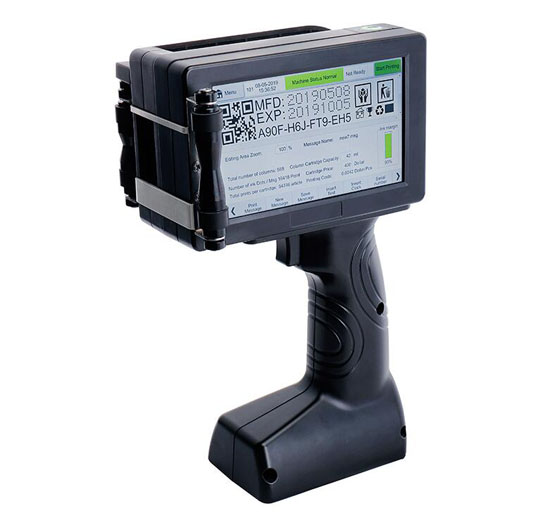
1. Pay attention to the overall cost.
The upfront cost of a batch coder is only one aspect to consider when it comes to cost. You must also look at its operational requirements, such as ink and maintenance, which can add to its running costs. In addition to this, you must also consider its durability and the amount of time you can maximize the use of the machine, as they both affect the cost effectiveness of the product.
2. Consider your packaging.
Make sure your selection meets your packaging needs. Batch codes must be printed on your material and in specific locations. It is best to choose a batch coder that can create prints that match the background of your packaging, whether it is a light or dark color.
3. Check your specific requirements.
One of the main considerations when choosing a batch coder is how you intend to use it. Which prints do you need? How much print do you need? Look at specifications such as line count and text size, especially if you want to add a lot of information to your product.
4. Flexibility is important.
A batch coder that can offer a variety of styles, fonts and character sizes will be very beneficial. It will allow you to create different codes or marks for each item or according to the requirements of a particular product.
5. Understand the different types of batch coders.
There are different types of batch coders to meet different operational requirements.
✴ In-line batch coders - These machines are best suited for mass production or machines that use automated delivery systems. In-line batch coders may come with sensors and can also be programmed to print on a timer.
✴ Handheld batch coders - For businesses with minimal operational requirements and those that still rely on manual labor rather than automation. The advantages of handheld batch coders include flexibility and mobility. They can also serve as a backup in case of problems with inline machines.
✴ Inkjet batch coders - These batch coders are versatile and preferred to meet large character requirements and when printing on porous materials as well as wet and uneven surfaces.
✴ Laser batch coders- Best suited for limited types of materials such as plastic, glass and paper as they burn codes onto the package.
✴ Static batch coders- Can be used to print large amounts of unchanging content or if you are printing all of a group of numbers only.
✴ Variable batch coders - More popular than static because they print different content without adjustment. Also suitable for serial numbers, bar codes and asset tracking labels.
评论
发表评论